Julia Cooper and Ian Duddle led a walk round Bartley Heath, a reserve of the Hampshire and Isle of Wight Wildlife Trust (HIOWWT), on the afternoon of Sunday 1 September. It was a hot and sunny day, with the temperature in the high twenties. The reserve is on common land, between Hook and the M3. Starting from the reserve car park, the route led left through woodland, before coming to a more open glade. Flowers here included Common Fleabane, Tormentil, Common Agrimony, Common Knapweed and Square-stalked St John’s-wort. The glade led onto a damper area with Lesser Spearwort, Betony and Marsh Thistle. A Wasp Spider was spotted amongst the vegetation and a European Hornet flew among the trees, with a sturdy Orange Birch Bolete below. The open heathland beyond was a sea of yellow and pink, with the yellow coming from Dwarf Gorse and the pink mainly from Heather Calluna vulgaris. The other two species of heather were also present, with Bell Heather on the drier parts and Cross-leaved Heath on the wetter areas. Pylons stride across the reserve. The cleared area beneath them is the best place to find the more unusual plants, particularly Marsh Gentian, the principle target for the afternoon. With their deep blue colour and large flower heads, they were easy to spot and there were good numbers of them on the heathland. A single flower-head can have up to 15 individual flowers, but seven was the maximum spotted at Bartley Heath. Devil’s-bit Scabious, Tormentil and Creeping Willow were also widespread. A few straggly plants of Petty Whin were found around the base of a pylon, one with a few seed pods. Some of the gorse bushes were draped in spiders’ webs. These were made by the Nursery Web Spider Pisaura mirabilis. An adult specimen was photographed.
The walk continued to the eastern edge of the heathland. There was no sign of the single plant of Saw-wort which was found there on the pre-walk. A long fallen trunk offered a shady seat for a cold drink and a dozen members were soon lined up in the shade. Near the fallen tree were a number of small pits where gravel had been extracted by the commoners. These contained varying amounts of water. Plants found here included the tiny Lesser Skullcap, Bog Pimpernel, Marsh St John’s-wort, Marsh Speedwell and a single flower head of Sneezewort. A Red Darter dragonfly alternately flew and perched around the wet pits. Butterflies seen included Gatekeeper, Small Heath and Speckled Wood, and several Straw Dot moths were also seen. The route led through a stretch of woodland where a Roe Deer and fawn were glimpsed among the trees and out onto another open area of heathland. Three more Sneezewort plants were found. Members were surprised to see a fast food delivery person carrying a box of his wares along the woodland path. Apparently a work party had been hard at work nearby. Not long after, cheers were heard, celebrating the safe delivery of their supplies. Another path led back through the woodland. In a damp area Water-starwort was growing beneath a bridge, with Water-purslane in a small pond, and froglets were spotted in the grass. Heading across the heath towards the start, a Red Admiral was flying, and near the car park Yellow Pimpernel was growing by the side of the path. Before leaving, some members walked down the old road to the oak tree with bramble below, where Purple Hairstreak butterflies can often be seen in summer. A different flora, including Common Figwort and Creeping Jenny could be seen by the side of the road. Several of the photographers were keen to get pictures of other invertebrates. Their targets included a collection of spiders, grasshoppers, bugs, mirid bugs, flies, dragonflies, butterflies and moths and galls.
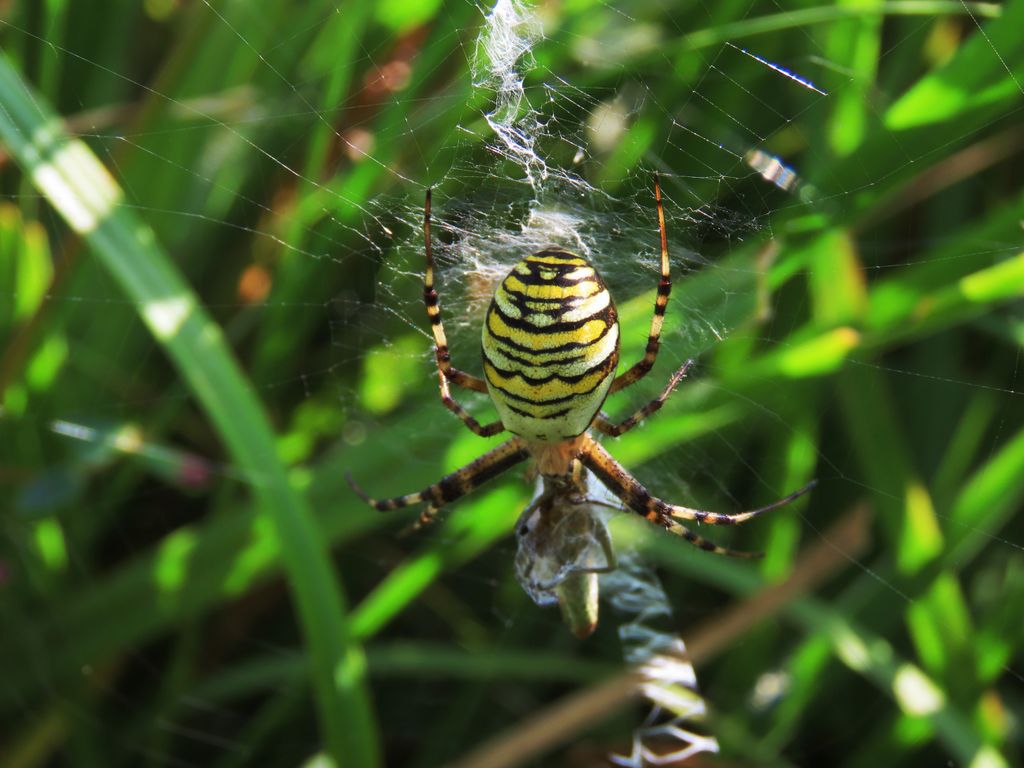
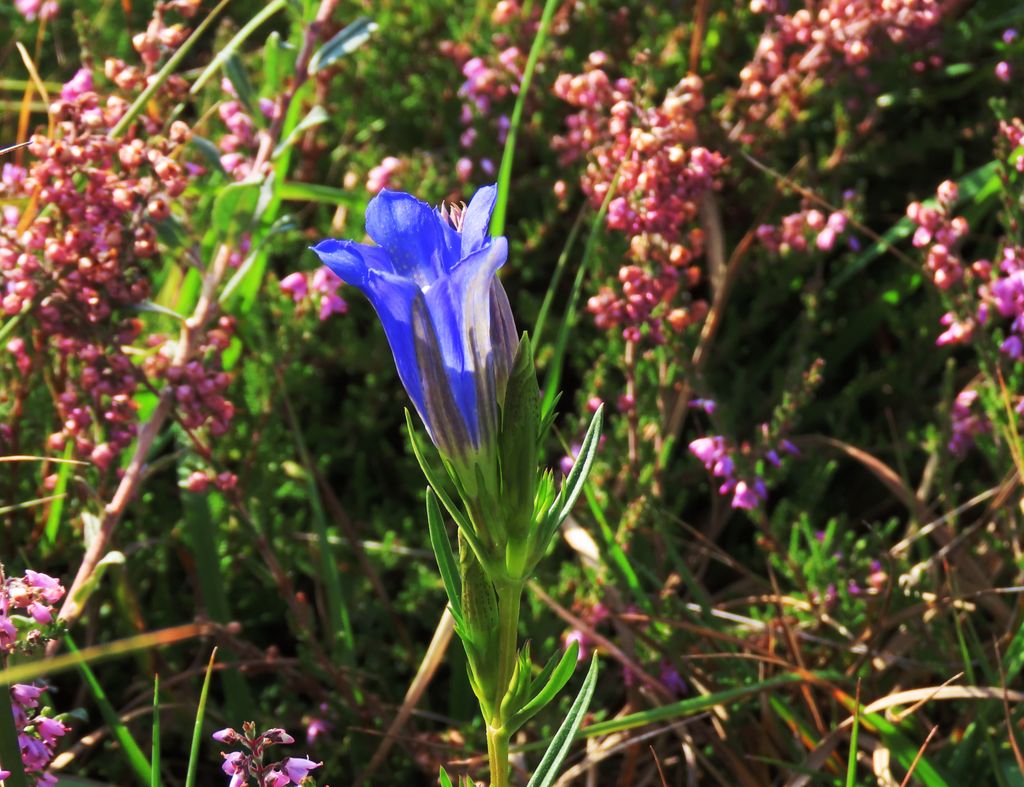
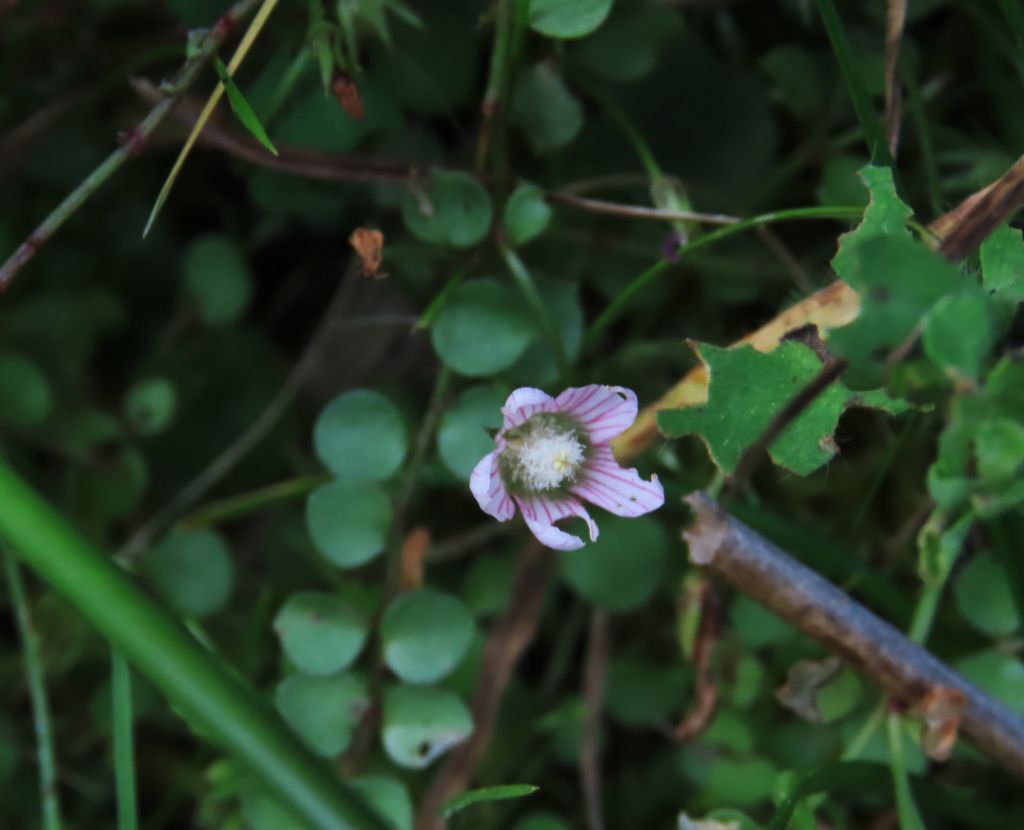
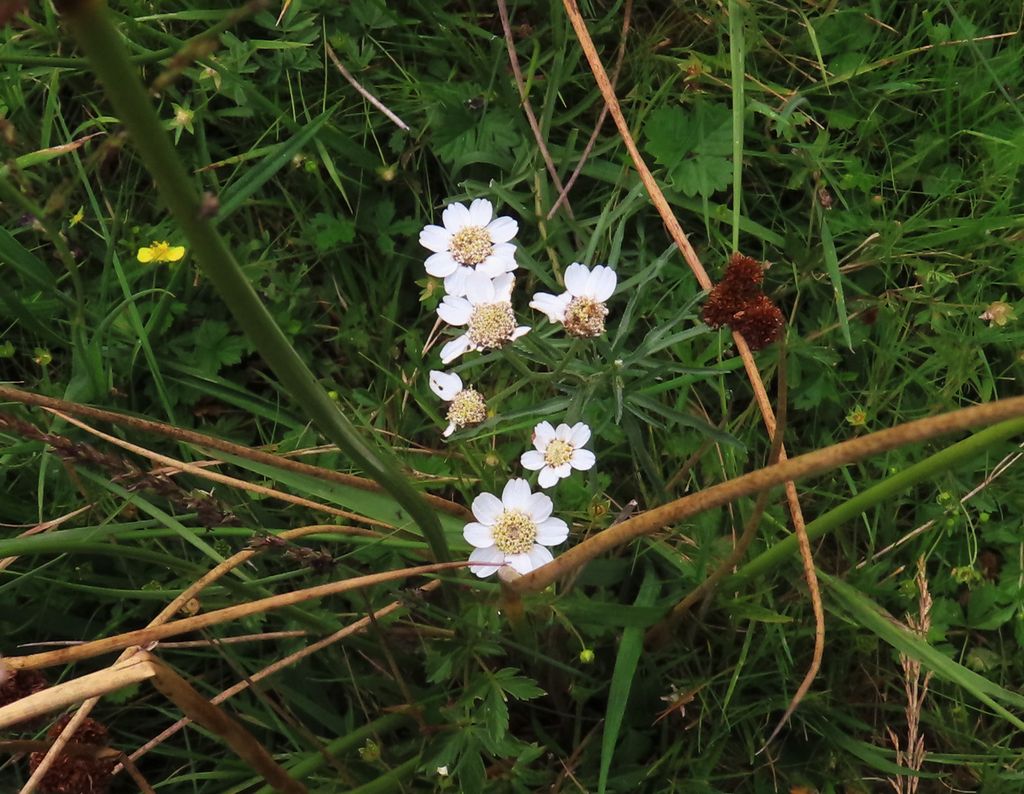
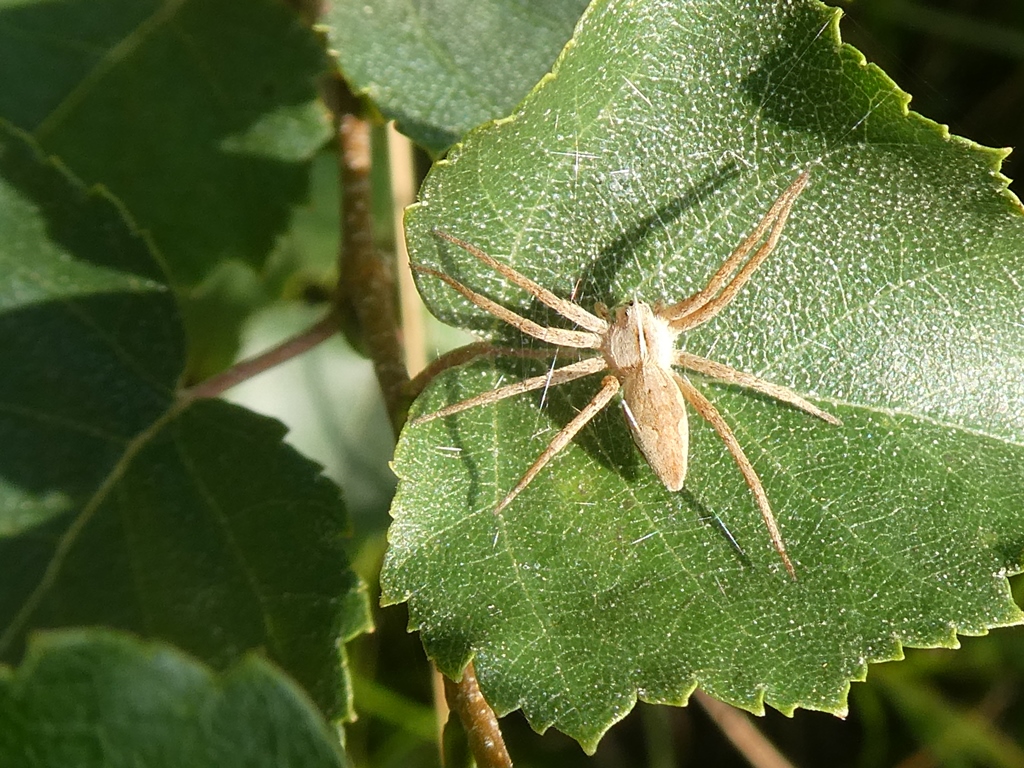
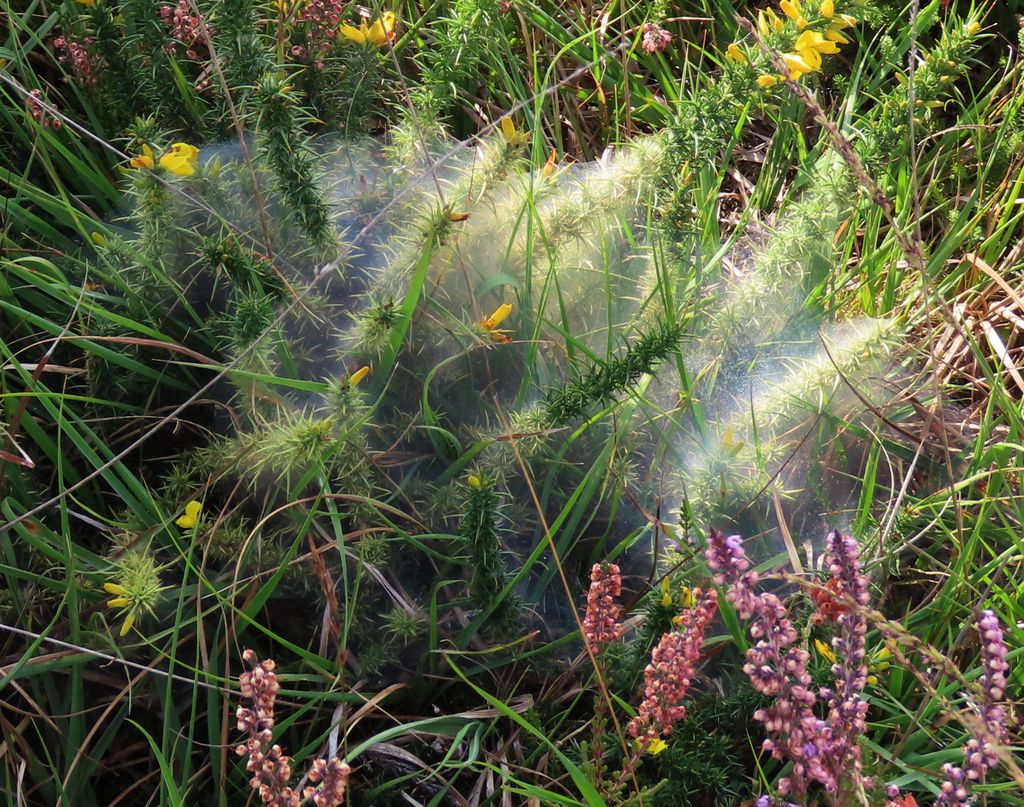
Pictures by Rob Stallard, Fiona Brown and Tom Walker
